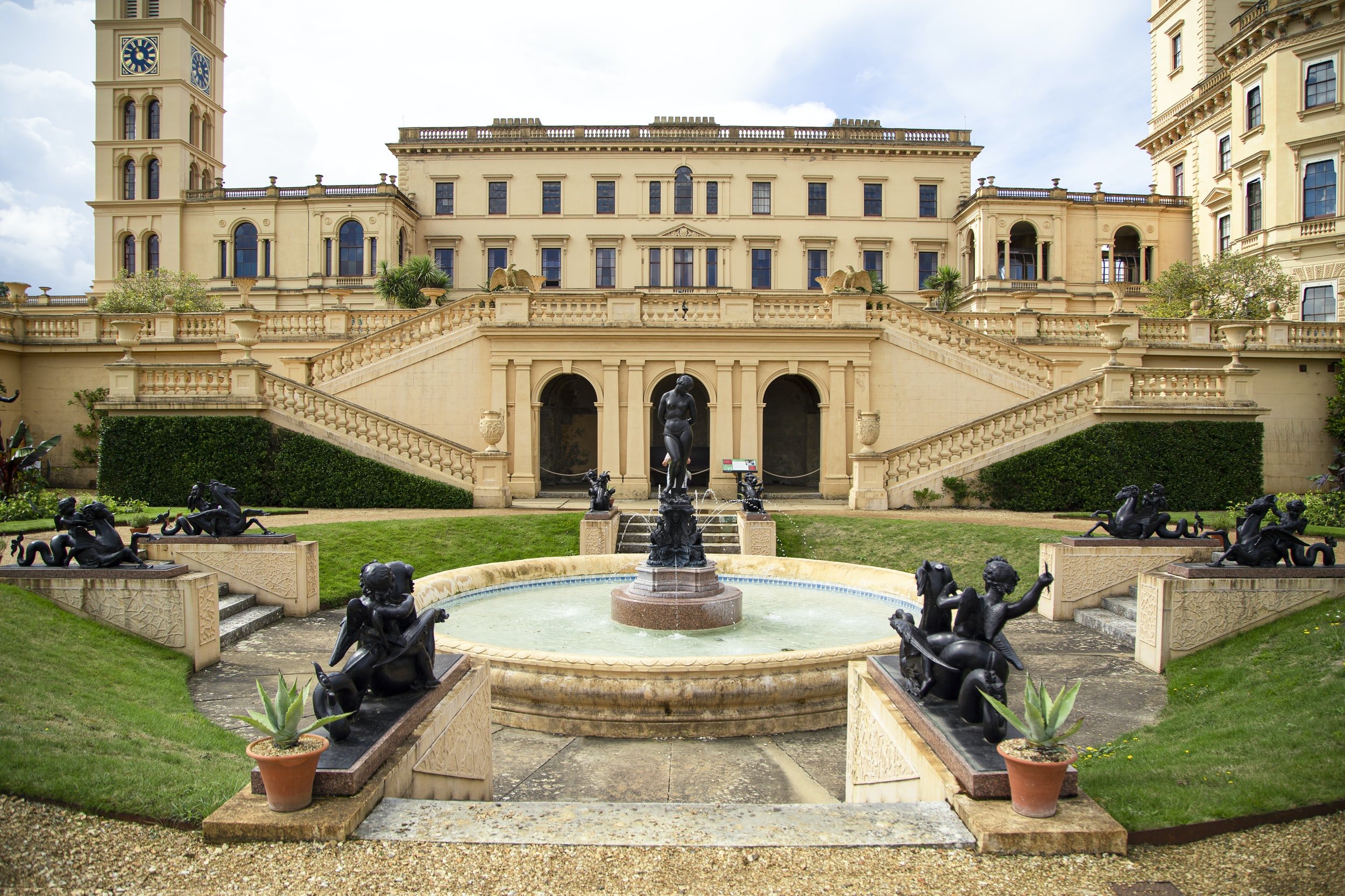OSBORNE HOUSE
A ROYAL HOME BY THE SEA
In 2019, on the first of our ‘The Architecture of England’ trip, we visited an extraordinary house in Oxfordshire. Until its acquisition by the National Trust in 1991, Chastleton House, built in 1608, was owned by the same family since it was. In some very essential way, the house continues to exist in the age in which was built and for this reason, Chastleton House became our window into the Jacobean Age. We didn’t visit a house; we visited an age.
Osborne House, the seaside retreat of Queen Victoria and Prince Albert, will serve as a similar architectural talisman on our upcoming Architecture of England trip. The house and grounds are of particular value for their overall state of preservation, evidence of historic decorative schemes and for their ground-breaking construction techniques. Prince Albert collaborate with architect Thomas Cubitt to design the Italianate house, So influential was it that it came to be known as ‘the Osborne style’ and was imitated throughout the British empire for the following decades of the 19th century. There are a wealth of captivating aspects to Osborne House. For example, its Durbar Room was designed by Rudyard Kipling’s father, Lockwood Kipling, and by master carver Bhai Ram Singh. The Children’s Swiss Cottage remains as it was when a built—a house to learn the business of living including such non-royal pursuits as cooking and vegetable gardening. Each child, in fact, had their own garden plot where they tended fruit, vegetables and fruit. There is also the children’s museum, not dedicated to the trivial pursuit of recreation but for the housing of a serious and varied collection which includes such curiosities as the first transatlantic telegraph message. The formal gardens are equally impressive with their Italianate look and feel. The plant collections are extensive and include what is known as The Royal Myrtle, a specimen plant grown from a sprig taken from the nosegay given to Queen Victoria by Prince Albert’s German grandmother in 1945. Cuttings from this plant continue to be used in all royal wedding bouquets. Expansive in size but intimate and rich in detail, with the death of Queen Victoria, Osborne House ceased to be a home. It was given to the British nation in 1903 and happily for us remains as it was in the last half of the 19th century.
Like all fine monuments, Osborne House is important as architecture and as social history, giving us a chance to train our eye in the aesthetic details of another age while bringing to life the experiences of the citizens of this other era.
We visit many such talismans on our next ‘Architecture of England’: Cronkhill, Seizencote, the Royal Pavillion at Brighton, the Conservatories at Kew to name but a few. Each with a story to tell and each connecting us powerfully to a nation’s past.
